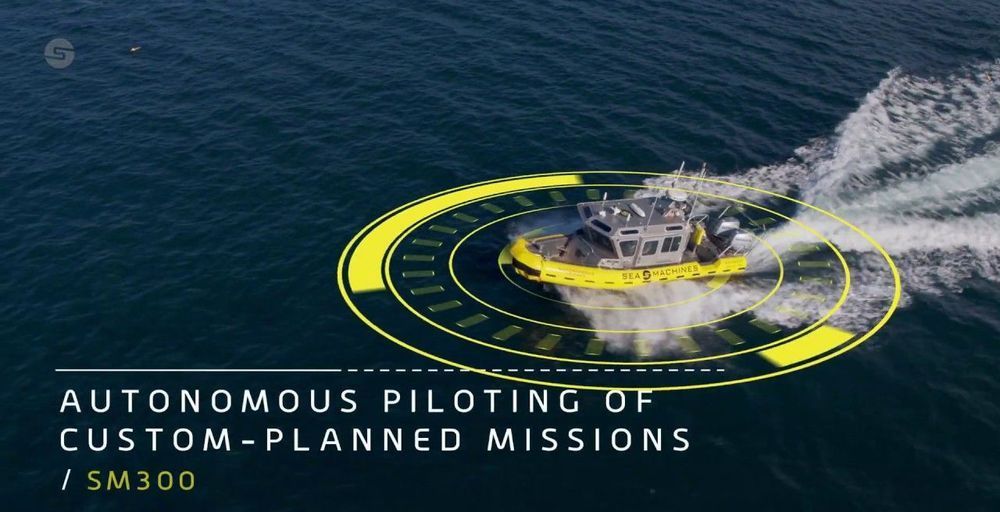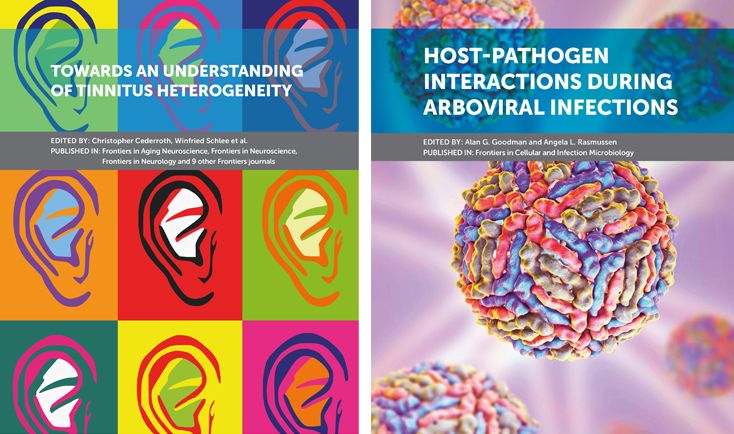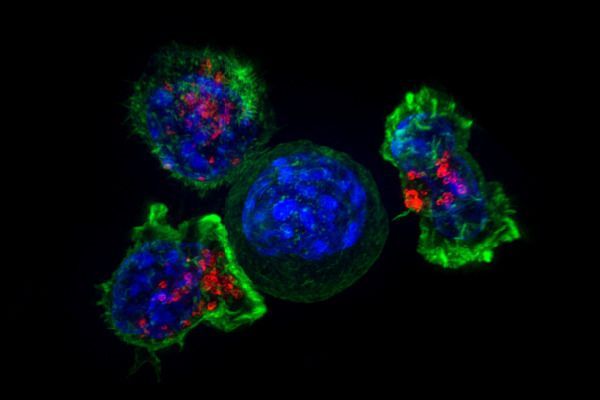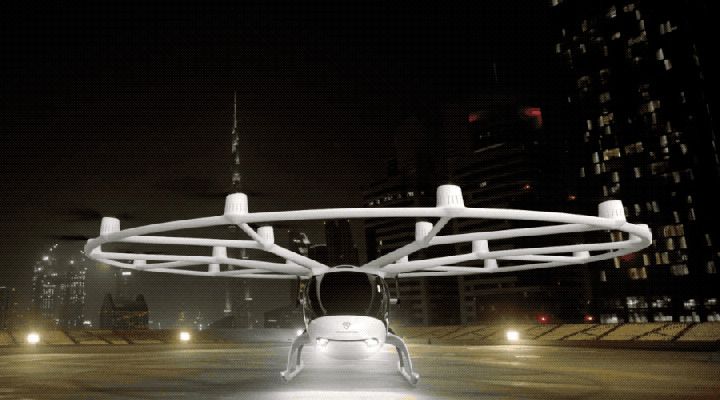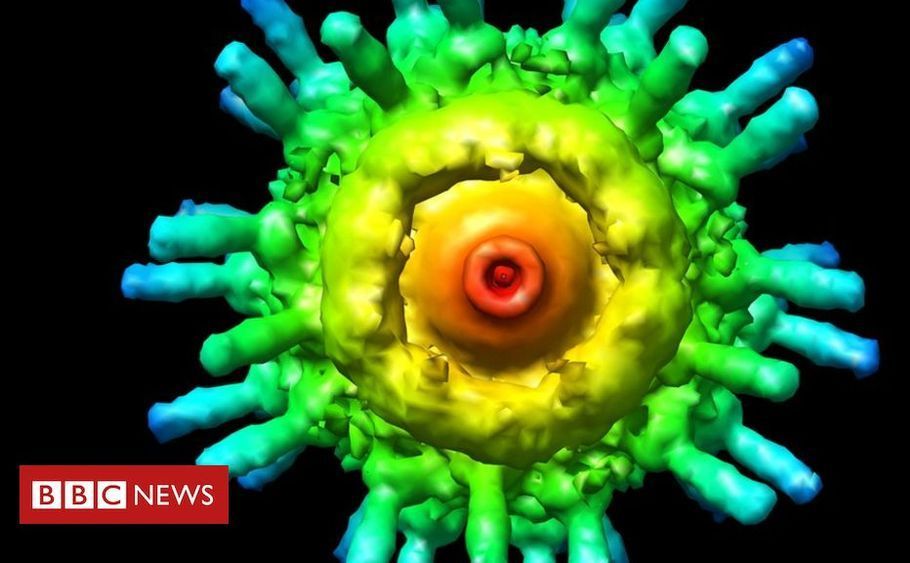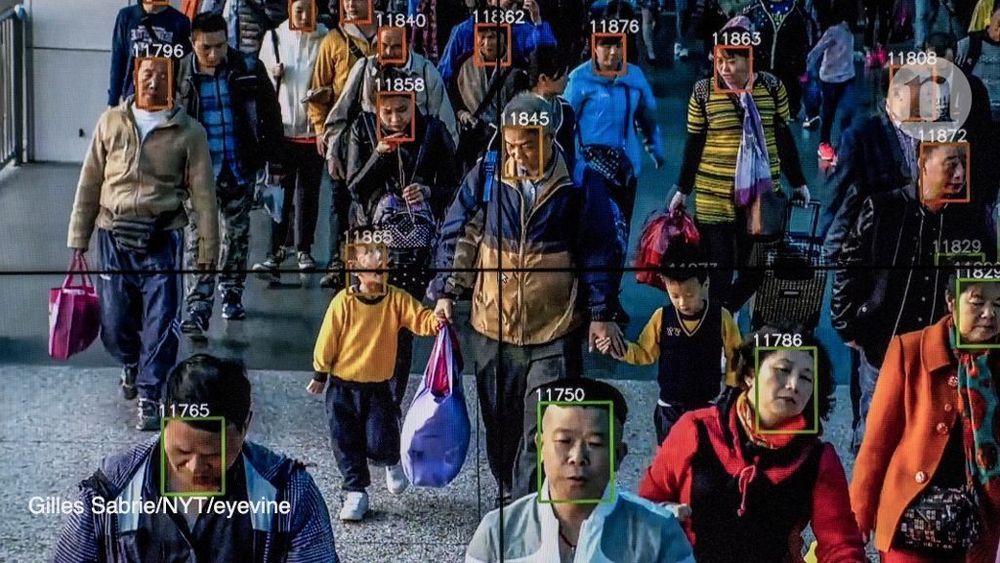Aug 22, 2019
Sea Machines Robotics to demonstrate autonomous spill response
Posted by Omuterema Akhahenda in categories: robotics/AI, transportation
BOSTON — Sea Machines Robotics Inc. this week said it has entered into a cooperative agreement with the U.S. Department of Transportation’s Maritime Administration to demonstrate the ability of its autonomous technology in increasing the safety, response time and productivity of marine oil-spill response operations.
Sea Machines was founded in 2015 and claimed to be “the leader in pioneering autonomous control and advanced perception systems for the marine industries.” The company builds software and systems to increase the safety, efficiency, and performance of ships, workboats, and commercial vessels worldwide.
Continue reading “Sea Machines Robotics to demonstrate autonomous spill response” »
